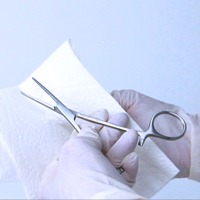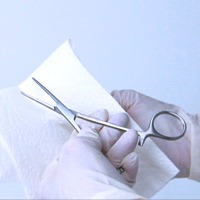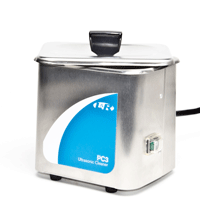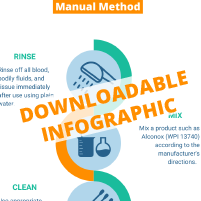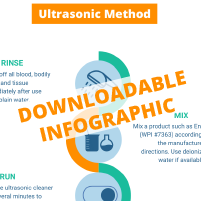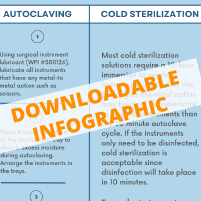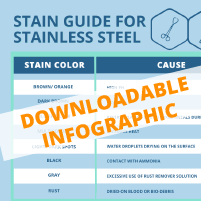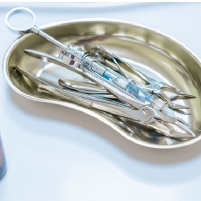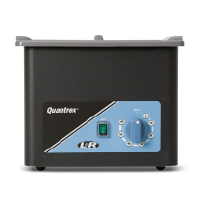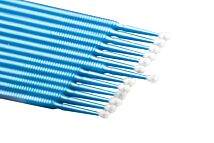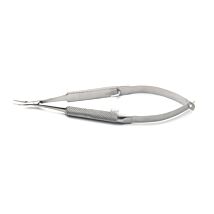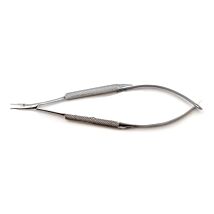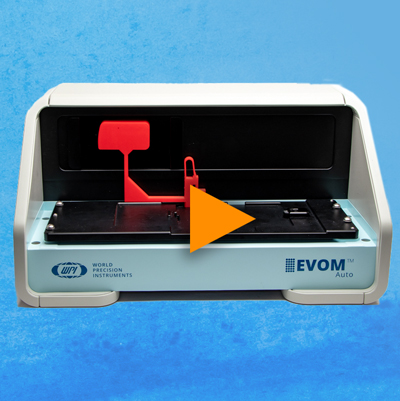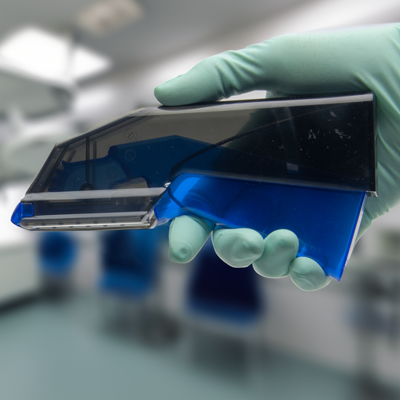This website uses cookies to ensure you get the best experience on our website.
Read more
VIDEO: Caring for Your Surgical Instrument Investment: Manual Cleaning
March 08, 2022
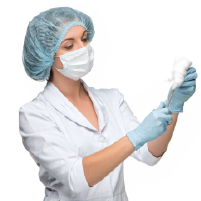
In this video, you can see how to manually clean surgical instruments. It is loaded with tips. This video is the second in a series of four to discuss some best practices in caring for your surgical instrument investment.
If instruments are easily damaged, complex and requiring disassembly, or have small lumens, they may need to be cleaned manually.
Personal Protective Equipment
When cleaning your instruments manually, wear heavy-duty rubber gloves, a plastic apron, eye protection and a mask.
Cleaning Materials
Remember, use stiff plastic cleaning brushes. Do not use steel wool or wire brushes.
Use only neutral pH detergents. If the instruments are not rinsed properly, low pH detergents may breakdown the stainless protective surface and cause black staining.
High pH detergents may cause surface deposits of brown stains, which can interfere with the smooth operation of the instrument.
Process
- Brush delicate instruments carefully and handle them separately from general instruments.
Hold the instruments below the surface of the water when you scrub them to avoid splattering contaminants. Be sure to brush out all crevices, teeth and grooves. - Rinse each instrument thoroughly under running water. Open and close hinged instruments like scissors, hemostats and needle holders under running water to thoroughly rinse detergent from the hinges.
- Inspect all instrument surfaces to ensure they are visibly clean and free of stains and tissue, and for proper function and condition.
-
- Scissor blades should glide smoothly, and the blades must not be loose when in closed position.
- Check that forceps tips are properly aligned.
- Hemostats and needle holders should not show light between the jaws, they should lock and unlock easily, and the joints should not be too loose.
- Check needle holder jaws for wear.
- Examine cutting instruments and knives to be sure their blades are sharp and free of nicks and chips.
4. Dry instruments thoroughly with a clean towel. This minimizes the risk of corrosion and formation of water spots
5. Spray a lubricant on the hinges to improve function of instrument.
6. Lubricate instruments after last rinse cycle and before sterilization cycle.
7. These instruments are now clean. If necessary, they may also be disinfected or sterilized.
WPI was founded by a researcher who built electrophysiology equipment. Our passion is the advancement of modern research, and our researchers have been serving scientists for nearly 50 years. We offer a broad product line that includes the full range of surgical instruments. We know that surgical instruments are a crucial part of research. With proper care, maintenance and storage, your instruments should last for many years.

Close


